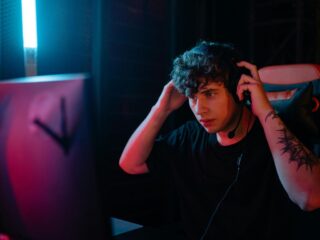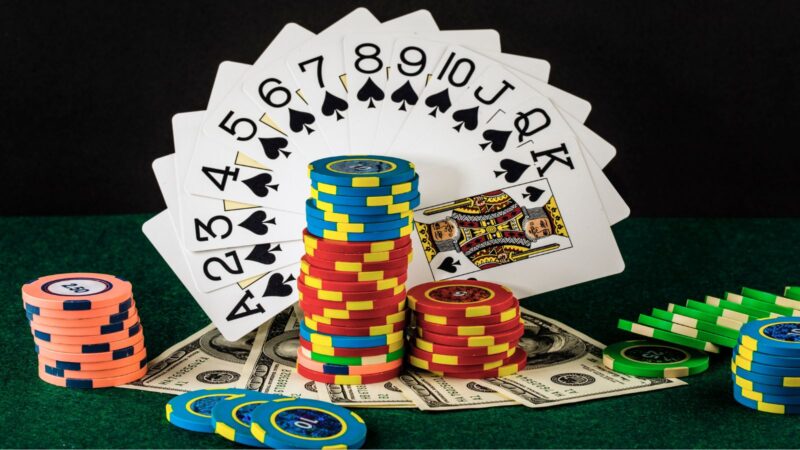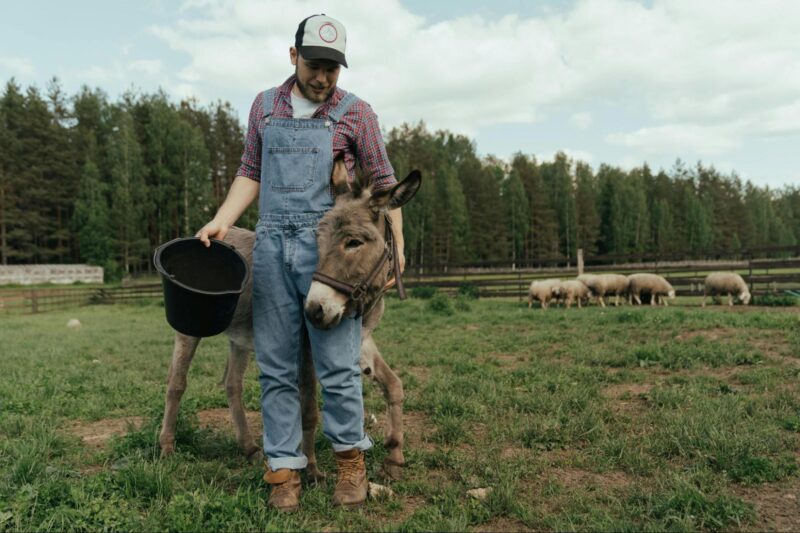
One of the most difficult aspects about drawing is being able to mix colors. If you have a set range of colors, it’s relatively easy. You can simply mix two or more primary colors together to form a secondary color. However, there are many instances where you only have the limited color spectrum provided by markers and pencil crayons.
It’s at this point when you have to mix colors. At first, it might seem like a daunting task, even for the experienced artist. Yet once you know some basic information and techniques about color combination, it can be much easier than you think.
what color do yellow and green make
The best way to combine colors is by using what’s called “color theory.” The color wheel can show you which colors are compatible with each other, based on their relation to one another in the spectrum.
Each color has its opposite, or complementary, color in the spectrum. These are colors that are directly across from each other in regard to their location on the color wheel. For example, blue is the opposite of orange. Therefore, if you combine a yellow with an orange marker together to create a green color, it would be much bolder and more vibrant than if you were to use a blue marker (that is the complementary color of orange).
What colors go well together
In addition to understanding color wheel theories, you also need to know a bit about what colors go well together. There’s a difference between complementary and compatible colors. Complementary colors are two different hues of the same color family that contrast with each other on the color wheel. For example, blue-green is one of the primary complementary pairings.
Compatible colors, on the other hand, aren’t necessarily opposite of one another on the color wheel. Rather than contrasting with each other, they complement one another by adding more dimension to a drawing. For example, green and yellow are compatible colors because they both belong to the same color family (that is, they’re different shades of green).
How to mix and match colors
You don’t have to have a color wheel on-hand to know which colors contrast or complement one another. You can figure out most of these color combinations by experimenting with your markers. Just as you would do when mixing paint, try putting two different markers together and see what happens. If the combination isn’t quite right, put another marker (or third marker if you’re experimenting with three colors) into the mix.
The psychology of color
What’s even more important than understanding how to mix colors is understanding the psychology of color. This is especially true when it comes to drawing, since you need your work to look realistic. When using color in any kind of art form, there are two forms of psychological influence that you should keep in mind: association and relativity.
Association means creating certain feelings or associations with colors. For example, red has long been associated with love and passion, so using red in your work can evoke those emotions.
Popular color combinations for different rooms in the house
Relativity deals with how colors are perceived by people, depending on the color they’re surrounded by. For example, red appears to be much darker next to bright yellow than it does when paired with dark blue.
Understanding this psychology is especially helpful for creating certain effects in your work without getting too exaggerated or obvious about it. It can also be useful for drawing backgrounds and scenery.
Conclusion
As you can see, color combination is much easier than it looks. You just need to understand some basic theories and practice with different kinds of color combinations. As long as you put in the effort, you’ll be able to create vivid drawings with ease!












